Illegal, Unreported, and Unregulated Fishing
“IUU fishing vessels have been known to subsidize costs using forced labor exploitation, as they are already evading laws, regulations and oversight to drive profits and may be more willing to exploit workers.” —Oceana, Illegal Fishing and Human Rights at Sea

What is Illegal, Unreported, and Unregulated Fishing
Illegal, unreported, and unregulated (IUU) fishing includes all fishing that occurs outside of fisheries laws and regulations, or that outright breaks those laws and regulations. IUU fishing includes the following:
- Illegal: Fishing without a license, fishing over a set quota, fishing in a prohibited region, fishing with prohibited gear, or fishing prohibited species.
- Unreported: Not reporting or underreporting fish caught.
- Unregulated: Fishing in regions with patchy regulation or little enforcement, prevalent on the high seas. Unmanaged fish stocks, such as non-commercial species or reduction fisheries, also lack governance to assess global catch estimates and may result in challenging international access negotiations.
Estimates of global IUU fishing reach up to 26 million tons of fish caught annually, with a value between 10 and 23 billion U.S. dollars. Advocacy organizations have been working, and continue to work, toward a definition of IUU fishing that is inclusive of fishing associated with forced labor and human trafficking.
IUU Fishing and Human Rights Abuses
Overfishing and IUU fishing have resulted in diminishing fish stocks and led to a decrease in the return on investment for fishing companies and vessel captains. Depleted resources in nearshore waters force vessels to go further out to sea and for longer periods of time to fill their catch quota, increasing fuel and maintenance costs. These circumstances, combined with a high global demand for seafood, increase incentives for overfishing, labor abuses, and other illegal activities. In order to maintain profits, fishing companies may seek to reduce the operating costs within their control such as reducing crew sizes, relying on inexpensive migrant labor, increasing work hours, and ignoring important health and safety measures. These activities often occur with impunity, as there is a reputation of “lawlessness” on the high seas that is ripe for exploitation.
Undocumented or unmonitored steps in supply chains pose particular areas of high risk due to their lack of transparency. Another challenge facing governments and the seafood industry today is the difficulty of quantifying the true extent of illegal activity and human or labor rights violations because these practices are intentionally hidden. Unauthorized transshipment and the lack of adequate fisheries monitoring, control, and surveillance systems, as well as the lack of transparency of vessel owners and histories have further facilitated an environment where human rights and environmental violations may occur with impunity.
For more information on the links between IUU fishing and human rights abuses, see The Links between IUU fishing, human rights, and traceability (FishWise) and Lawless Ocean: The link Between Human Rights Abuses and Overfishing (Ian Urbina).
Countering IUU Fishing in Seafood Supply Chains
A comprehensive sustainable seafood program requires a deep assessment of both environmental and social components of a company’s supply chains. Given the links between IUU fishing and human rights abuses, best practice is for companies to take the following steps in their supply chains:
- Assess risk by collecting and analyzing key information about products, companies, and people associated with the production of seafood.
- Develop traceability systems to increase visibility and supply chain oversight regarding vessel information and activity.
These actions help protect against reputational risk, verify compliance with environmental and human rights regulations, satisfy transparency and sustainability-focused consumers, and prevent potential supply chain disruptions and revenue loss.
For more guidance on tackling IUU fishing, see Oceana’s Transparency and Traceability: Tools to Stop Illegal Fishing.
